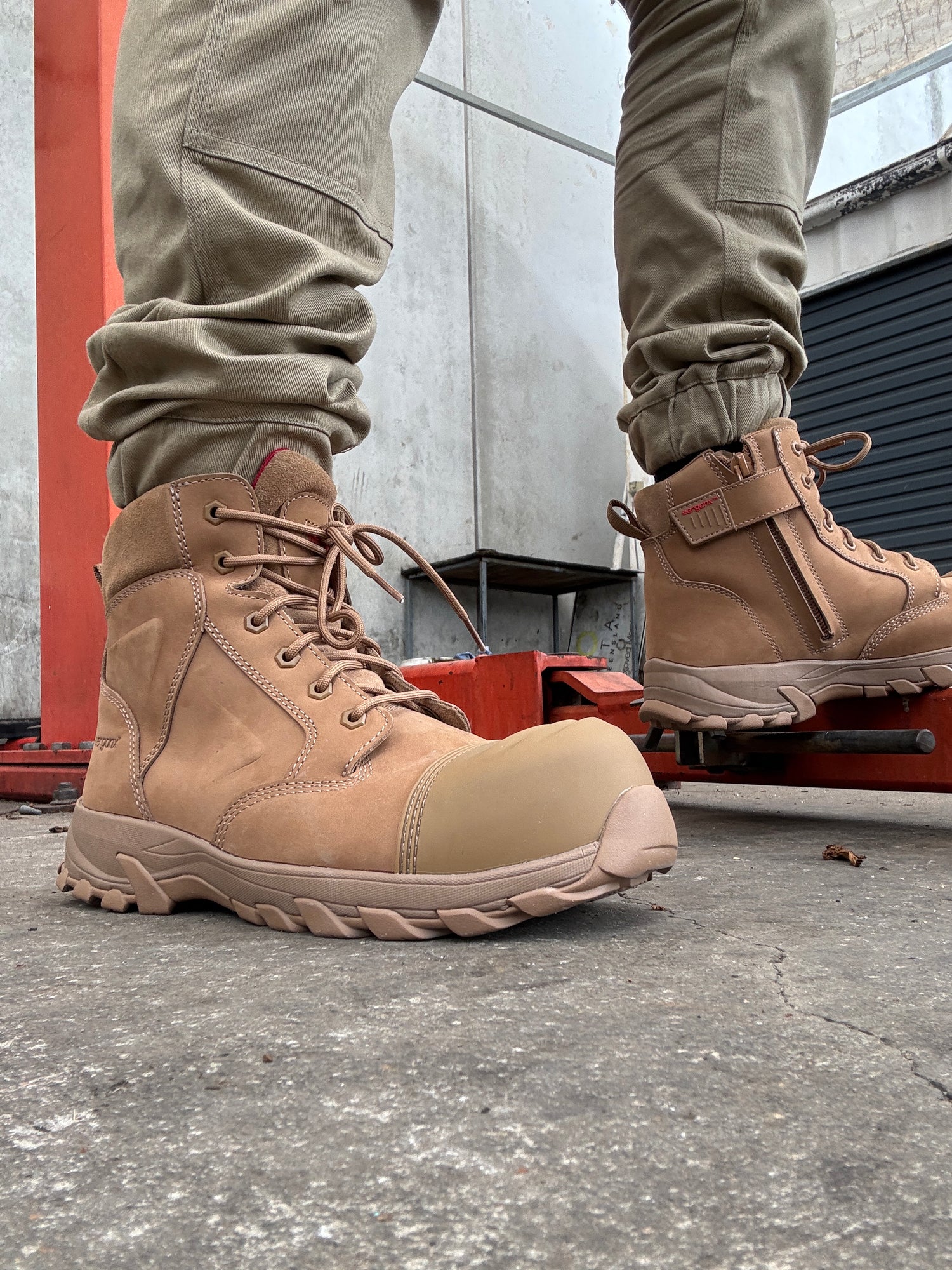HOME / FOOT HEALTH / FOOT CORN REMOVAL WALKTHROUGH BY PODIATRIST
Are your feet giving you a hard time? You might be suffering from corn!
Foot corns are small, thickened patches of skin that develop on the feet. They typically appear on weight-bearing areas, such as at the tops and sides of the toes, or on the soles. Foot corn can be caused by ill-fitting shoes, prolonged standing, and foot deformities.
While they may seem like a minor inconvenience, they can be a pain to deal with and significantly affect one’s daily activities. Since corns are a very common problem, we thought it would be useful to go through a corn removal and discuss some treatment options that could help you keep them at bay.

Corns develop when there is excessive rubbing or squeezing on the feet.
How does corn develop?
Before we go through the removal, let’s talk about why corns even come about. When the toes grip the ground or experience increased pressure, the skin naturally thickens to protect itself. Unfortunately, this hardened skin leads to further pressure and additional skin thickening. Eventually, the skin will develop a cone shape and become corn.
Corn removal: a step-by-step walkthrough by a podiatrist
In the video, there is corn on the foot of a patient that we have been seeing for the past eight to ten weeks. The patient has decided he does not want surgery and would prefer to have the corn removed. Even just from a quick glance, you can see that the corn is quite thick and some dried-up blood has become trapped beneath the layers of skin.
We start by removing the dead, callused tissue at the tip of the toe with a scalpel. It is recommended that you get this done by a trained professional, such as a podiatrist. As we shave away the layers, we also see the emergence of pin-prick vessels which are tiny capillaries close to the surface of the skin.
Once the corn has been fully removed, we will also get rid of any surrounding callused areas. For this patient, there was callused skin beneath the nail. By eliminating the thickened skin, we relieve pressure on the area. We also trim the nail shorter to further decrease pressure and prevent future complications.

Having corn removed by a professional is the safest and most effective option.
Is it a wart or a corn?
Warts and corns share many similarities but they are different diagnoses. We recommend consulting a healthcare professional, such as a podiatrist, who can accurately differentiate between them and offer appropriate treatment.
The video shown above highlights a defining feature between warts and corn. Corns have translucent layers of skin that you can almost see through as you shave them off. Warts, conversely, often have black dots and larger blood vessels that run through them.
I’ve gotten my corn removed, how do I keep them from coming back?
To prevent corn from returning, it is crucial to address the underlying cause of pressure. Proper footwear that fits well and provides adequate cushioning is underappreciated. Keeping the feet moisturized is also recommended. This helps the feet stay supple and prevent dryness.
Individuals with diabetes or compromised immune systems should be especially diligent in managing corns and calluses. These conditions increase the risk of infection and may require more frequent visits to a podiatrist for professional management.

Podiatrists have the expertise to assess corn severity, determine their cause, and safely remove them.
Fortunately, while corns are painful and uncomfortable, they are treatable and preventable. Don’t let foot corns and calluses hinder your ability to enjoy the activities that you love. If you are currently suffering from corn, speak with a podiatrist today to take steps towards healthier and pain-free feet.
Our team would love to hear from you if you have any questions or would like to learn more. You can reach our experts on all things feet at ergonx.com.au!


